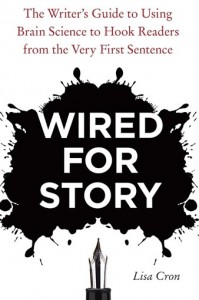What are the characteristics of a good story? What is it about a good story that hooks us? That is, what is the grammar (structure) of a good story that compels us to follow it, read it, or watch it past our bed time or train stop? What elements of story help create a flow experience where we get lost in story?
How can we use and research story grammar in language arts? If the elements of story grammar are present in spoken, sung, performed, or written texts, will that help learners acquire language more efficiently than when story grammar elements are absent?
If growing readers learn of story grammar, can it help them more easily experience deeper flow when they read? Can second language researchers experiment with story grammar to see if readers remember more, enjoy more, or experience more flow when texts employ story grammar?
The following questions may help us better find the elements of story grammar in stories.
- Who is the main character (the protagonist)?
- What is the main character’s goal or quest?
- What trouble or conflict impacts the main character’s goal or quest?
- How does that trouble change the main character on the inside?
There are many good books that deal with story grammar. Here are two. The Storytelling Animal: How Stories Make Us Human by Jonathan Gottschall and Wired for Story: The Writer’s Guide to Using Brain Science to Hook Readers from the Very First Sentence by Lisa Cron.


